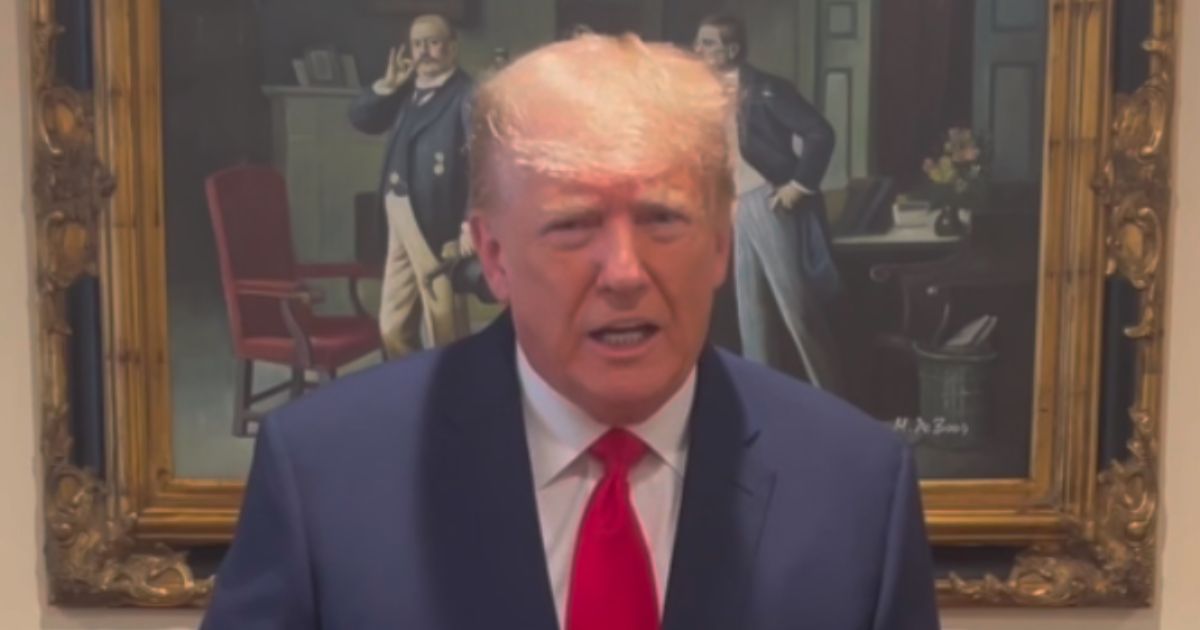Questioning The Lone Actor Narrative In New Orleans Attack
A deadly New Year's attack on Bourbon Street has left investigators puzzling over unusual aspects of the case.
According to HotAir, federal investigators have discovered that suspect Shamsud-din Jabbar used a rare explosive compound never before seen in Western terror attacks, raising questions about possible accomplices.
The FBI's investigation has taken several unexpected turns, initially denying terrorism links before confirming them, then claiming multiple perpetrators before reverting to a lone-wolf theory.
Senior law enforcement officials have now revealed that the explosive devices contained an unprecedented compound, adding another layer of complexity to the case.
Unusual Explosive Compound Draws Investigative Focus
The choice of explosives has particularly intrigued investigators, given Jabbar's background. His military service record shows no specialized training in explosives, with his primary roles being in Human Resources and Information Technology.
Though he completed a tour in Afghanistan and earned parachutist qualifications, nothing in his history explains the technical knowledge required for creating such sophisticated devices.
Law enforcement officials face mounting questions about how Jabbar acquired or manufactured the exotic explosive. Common explosives are generally easier to obtain and would typically be harder to trace, making the use of this rare compound particularly puzzling.
The decision to use such an unusual explosive suggests possible outside assistance or specialized knowledge that isn't apparent from Jabbar's known background.
The investigation has revealed that this specific explosive compound has never been employed in any previous terror attacks in either the United States or Europe. This unprecedented use has prompted authorities to dig deeper into Jabbar's connections and activities leading up to the attack.
Suspicious Post-Attack Fire Raises Additional Concerns
Two hours after Jabbar's death, a fire mysteriously erupted at his AirBnB rental property. ATF Special Agent in Charge Joshua Jackson has suggested several possible mechanisms for the delayed ignition, including timing devices and pressure cookers filled with gasoline.
The timing and nature of the fire have raised red flags among investigators. The deliberate destruction of evidence after Jabbar's death seems unnecessary if he truly acted alone, as his own fate was already sealed through his actions and social media posts immediately before the attack.
This apparently planned destruction of evidence suggests a possible attempt to protect others involved in the plot. The sophisticated nature of the explosives and the delayed fire mechanism point to a level of expertise that seems inconsistent with Jabbar's known capabilities.
Complex Attack Pattern Suggests Possible Coordination
The attack's multiple components - the vehicle ramming, the explosive devices, and the delayed fire - demonstrate a concerning level of planning and expertise. Investigators are now examining whether this complexity indicates the involvement of additional parties.
The coordination required to execute these various elements successfully suggests a degree of sophistication that would be difficult for a lone actor to achieve. The combination of rare explosives and timed incendiary devices presents a technical challenge that seems beyond the capabilities of someone with Jabbar's documented skill set.
FBI investigators continue to analyze evidence from multiple crime scenes, seeking to understand the full scope of the attack's planning and execution. The investigation faces additional challenges due to the destruction of potential evidence in the rental property fire.
Critical Questions Remain Unanswered
The deadly New Year's attack in New Orleans, which claimed 14 lives and injured at least 35 others, continues to present investigators with perplexing elements.
Shamsud-din Jabbar's use of an unprecedented explosive compound, combined with sophisticated attack planning and post-attack evidence destruction, has led to ongoing questions about potential accomplices.
As federal authorities work to unravel the complex web of evidence, they must determine whether Jabbar truly acted alone or had assistance in acquiring and deploying such unusual materials. The investigation's outcome could reveal new insights into domestic terrorism threats and the potential existence of previously unknown support networks.



